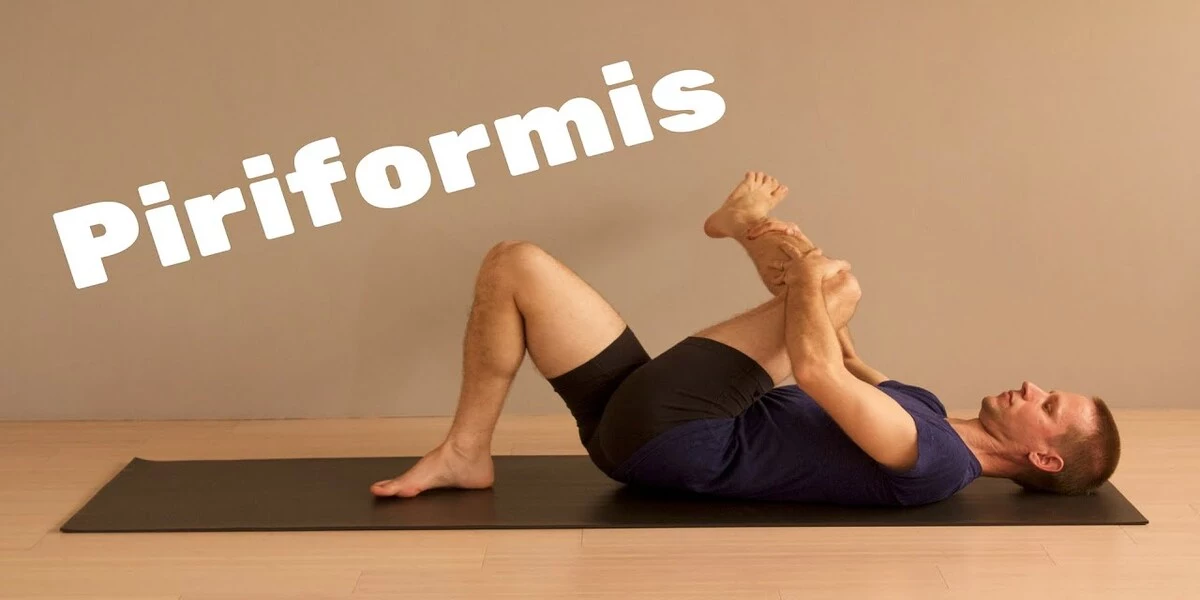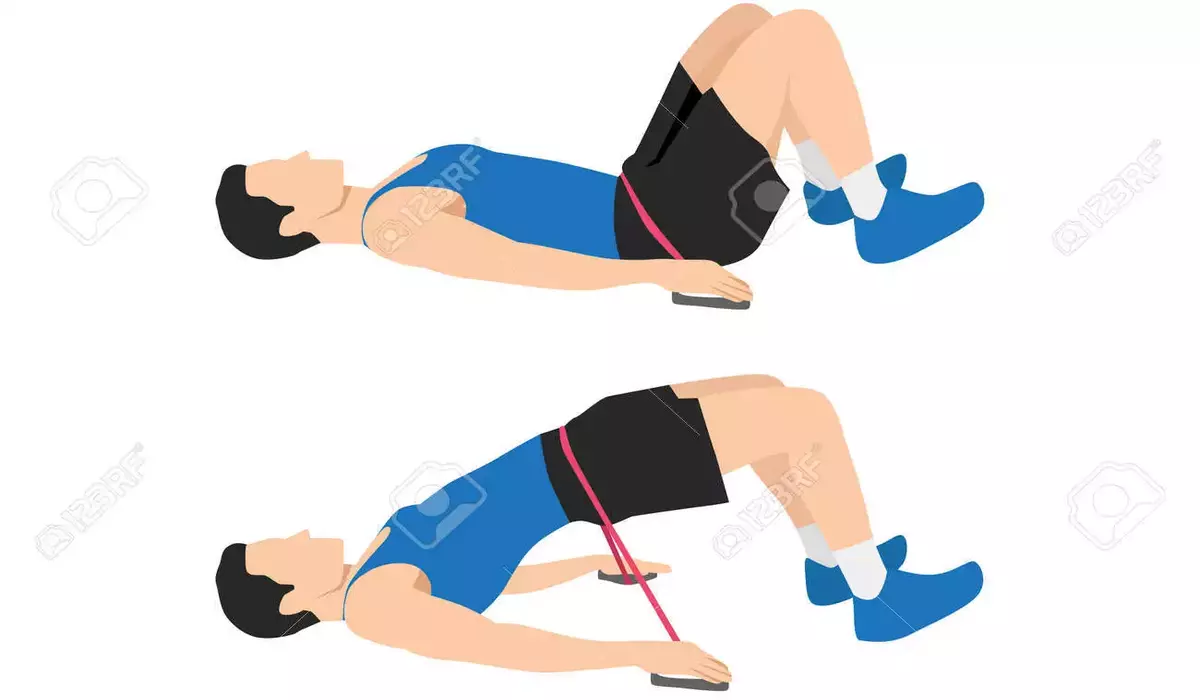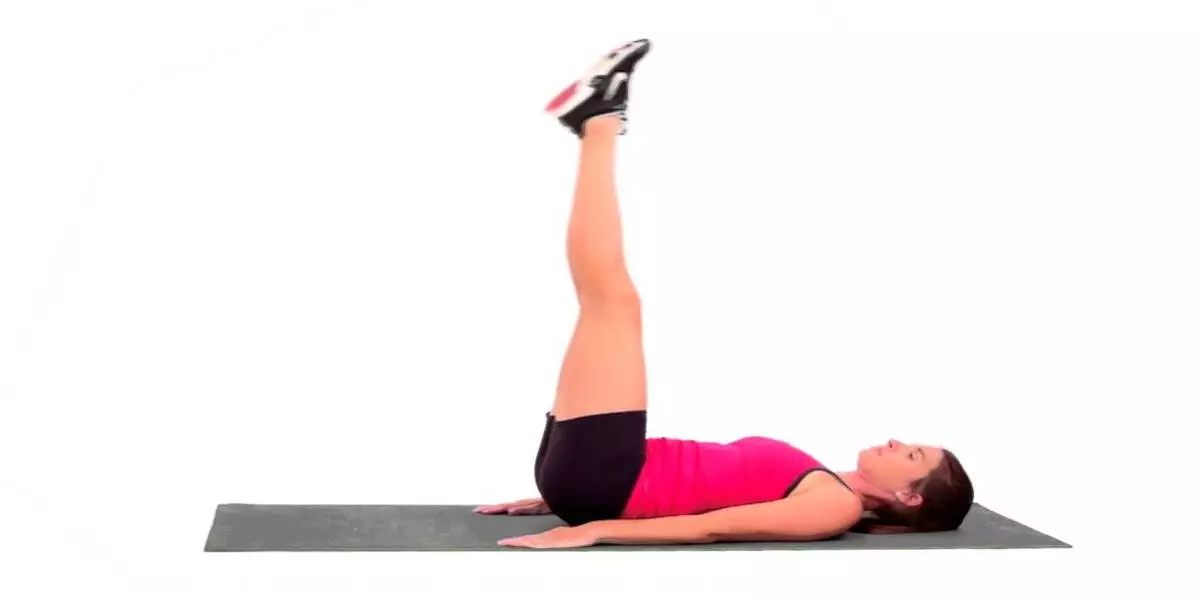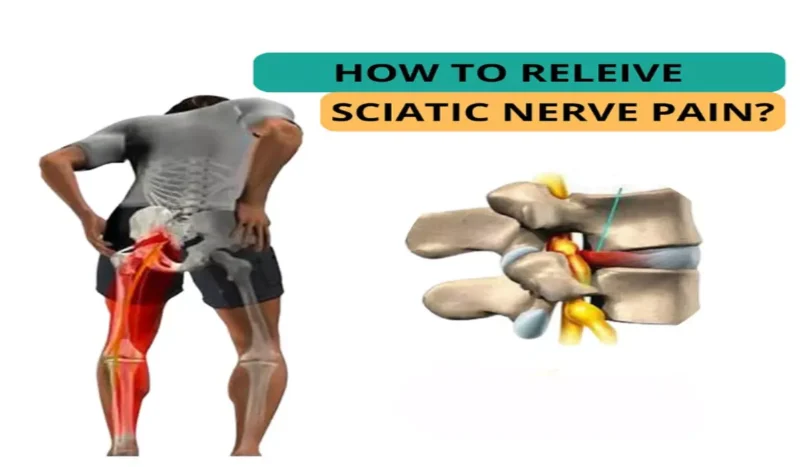[ez-toc]
Introduction
Sciatic nerve pain, often characterized by radiating discomfort from the lower back down to the legs, can be incredibly disruptive to daily life.
While it’s important to consult a healthcare professional for proper diagnosis and treatment, incorporating targeted stretching and strengthening exercises into your routine can be beneficial for managing sciatic nerve pain.
In this comprehensive guide, we will explore methods for healing sciatic nerve pain through specific leg and hip exercises.
Learn how these techniques can provide relief, enhance flexibility, and contribute to your overall recovery.
Healing Sciatic Nerve Pain: Stretching and Strengthening the Legs and Hips
Addressing sciatic nerve pain requires a multi-faceted approach, and targeted exercises that focus on stretching and strengthening the legs and hips can play a pivotal role in managing and alleviating discomfort.
Also Read: Neuromuscular Exercise Therapy: A Promising Approach for Nerve Pain Relief
Benefits of Stretching and Strengthening Exercises for Sciatic Nerve Pain
Incorporating stretching and strengthening exercises into your routine offers a range of benefits beyond pain relief:
- Improved Flexibility:
Stretching enhances flexibility in the muscles surrounding the sciatic nerve, reducing tension and discomfort.
- Muscle Support:
Strengthening the muscles of the legs and hips provides better support to the spine and sciatic nerve, helping to prevent future episodes of pain.
- Enhanced Blood Circulation:
Physical activity improves blood flow, which can aid in the healing process and reduce inflammation around the sciatic nerve.
- Postural Alignment:
Exercises that focus on core strength and hip stability contribute to better posture, which can alleviate pressure on the sciatic nerve.
Stretching and Strengthening Exercises for Sciatic Nerve Pain
- Hamstring Stretch:

Gently stretching the hamstrings by extending one leg while lying on your back can relieve tension in the lower back and alleviate sciatic pain.
- Piriformis Stretch:

Crossing one ankle over the opposite knee and gently pressing the knee away from the body can stretch the piriformis muscle, which often contributes to sciatic discomfort.
- Cat-Cow Stretch:

Incorporating the cat-cow yoga pose into your routine can promote spinal flexibility and relieve pressure on the sciatic nerve.
- Glute Bridge:

Engaging in glute bridges strengthens the muscles of the hips and lower back, providing support to the spine and alleviating sciatic pain.
- Leg Raises:

Lying on your stomach and gently lifting one leg at a time can strengthen the muscles of the lower back and hips, helping to stabilize the spine.
FAQs about Healing Sciatic Nerve Pain
Q: Can these exercises replace medical treatment for sciatic nerve pain?
A: These exercises can complement medical treatment, but it’s essential to consult a healthcare professional for a proper diagnosis and treatment plan.
Q: How often should I practice these exercises?
A: Aim for a consistent routine. Start with a few times a week and gradually increase the frequency as your comfort and ability allow.
Q: Are these exercises suitable for everyone with sciatic nerve pain?
A: While most individuals can benefit from these exercises, it’s crucial to tailor them to your specific condition. If in doubt, consult a healthcare provider.
Q: Can I do these exercises during a sciatic pain flare-up?
A: It’s best to avoid intense exercises during a flare-up. Instead, focus on gentle stretching and movements that provide relief without exacerbating pain.
Q: How long does it take to experience relief from sciatic nerve pain?
A: Individual responses vary. Some may notice relief within weeks, while others might take longer. Consistency is key.
Q: Can these exercises prevent future episodes of sciatic nerve pain?
A: While these exercises can enhance muscle support and flexibility, they may not guarantee the prevention of future episodes. However, they contribute to overall spinal health.
Conclusion
Healing sciatic nerve pain through targeted stretching and strengthening exercises offers a proactive and empowering approach to pain management.
By focusing on the legs and hips, you can enhance flexibility, strengthen supportive muscles, and promote overall recovery.
Remember that individual responses may vary, and consulting a healthcare professional for proper diagnosis and guidance is essential.
Embrace the potential of these exercises as a valuable component of your journey to alleviating sciatic nerve pain and improving your quality of life.








Thnnnxxx.
Superb Article